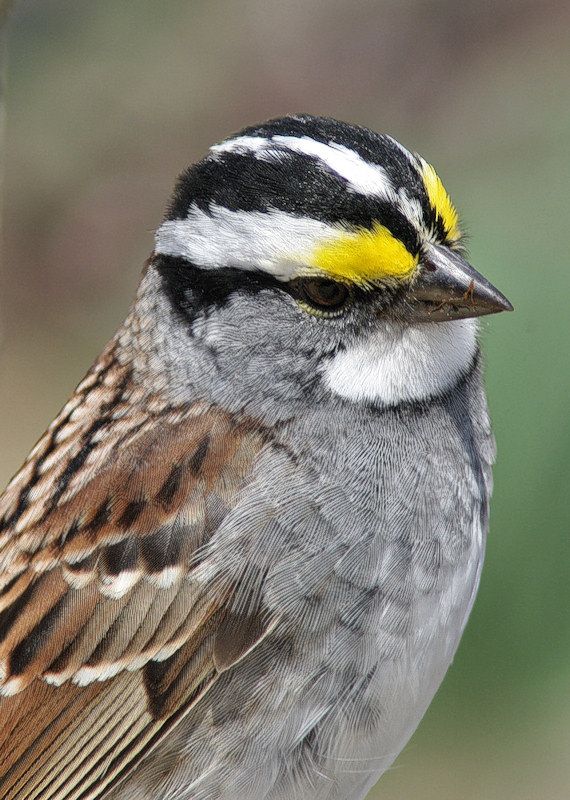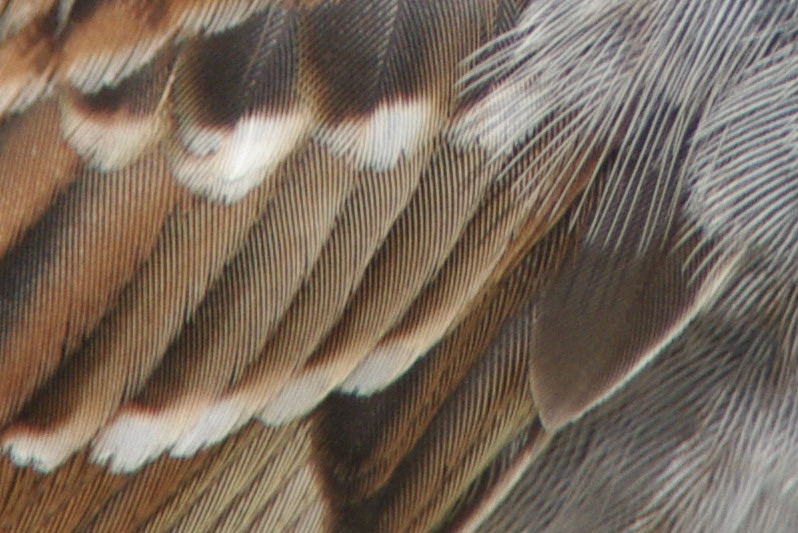HI C1,
There are numerous Jpeg vs RAW threads on this and all fora on the web. The forum software even supplies a "Similar Threads" listing at the bottom of this page.
I'm a Jpeg shooter almost exclusively, but will be the first to admit that RAW gives you considerably more potential to edit your images. You have the ability to do significant edits with Jpegs, but you can do more with RAW. In the end, you'll probably be converting your images to jpegs for showing or printing and I'd guess that there are few, if any people who can consistently distinguish in what format any given image had been shot originally.
Jpeg compression does discard data from the original file that the sensor creates, but usually this is not as bad as it might sound. Consider that there are usually large areas of any image where each individual sensor cell is capturing the same information as the adjacent ones (I realize that each sensor is color sensitive for red, green or blue, and there are 2 green ones for every red or blue, but I'm considering one group as one cell in this example) -- this information is redundant, and all that the Jpeg compression algorithm does is accumulate a list of pixels with the same value and then re-assign them the same value for the image when the compression of the file is expanded for viewing. My K-5 gives me approximately 2 to 3:1 compression with 6-11 MB files opposed to the 16-26 MB files that DNG RAW produces. Considering the amount of redundant information in most images, this is not extreme compression, and not that much information is actually tossed out.
Jpegs use a lossy compression scheme, and each edit and save of the same file results in the possible addition of compression artifacts, so it's a good idea to always save an edited file to a different name, and if you want to re-edit the image, always start with the original again. With some RAW editing, you can save the editing workflow, start with where you left off, and undo some steps , then redo them, saving the newly edited file to a new name. You can do this with Jpeg editing, but it has to be during the original editing session, before you close the file you're working on. It usually takes at least a few edit and save cycles with the same file before the compression artifacts start to become obvious though, especially when you're starting with the highest quality jpegs out of the camera.
Still, a 14 bit K-5 RAW file will give a whole lot more leeway to pull detail out of shadows and will give extra highlight headroom than the 8 bit Jpeg will. I believe with your K10, they advertised 14 bit RAW, but it turned out to be 12 bit with 2 unused bits so there was no practical difference in DR. Properly exposed jpegs will give all the information that most need for great images. RAW gives you more exposure latitude, and a larger range of potential for editing. RAW also allows you to disregard in-camera settings for image parameters like Contrast, Sharpness, White Balance, etc. You can set up a RAW processor to make these adjustments automatically and process your files in batches.
Setting up Jpeg output to your liking and making sure that you expose at least close to correctly can cut out this intermediate step and save time and storage space, especially if you're a high volume shooter.
The argument that the camera has only a "little" computer that is less powerful than your desktop is true, but not really valid from a practical standpoint, IMO. That "little" image processor may be small in size and not as powerful as the CPU in your computer, but it's dedicated to do only what it was specifically designed to do --process images -- and it can convert RAW data into a jpeg in a few seconds at most (at least some of the lag between taking a picture and being able to review it on the LCD is due to the usual I/O bottleneck of writing to the card). I doubt that many who do batch RAW to Jpeg conversions on their home computers can claim that their setups are more efficient and can do the conversions in less than 2 sec/image with 16MP images.
The argument that memory is cheap is a good one on the surface, but there are hidden implications. Consider that I currently shoot 10-20 K shots/year. At 25MB/RAW file, that's 250 - 500 GB, and if your images are important, then you'll have at least one backup, so that means .5 - 1 TB per year at my current rate. I just bought 2 x 1.5 TB external HDs at $60 each. . . not terribly expensive, but then I tied up a whole day at least to organize the drives, do the backups, and verify them. . . and I only use HDD to backup -- if I were to use single layer DVDs at 8GB per disk, that's at least 30 disks, and they take a while to burn, and who knows how long they'll really last. BDs have 25 GB capacity, and would still take about 10 disks per year, but I haven't invested in this technology yet. I save everything but totally unredeemable shots. I've found that new technology can actually save some shots that I would have discarded 5 years ago, and I regularly spend my winter idle time going over old shots to pick out those that I might find interesting now, but didn't when I took them or in previous reviews.
From the Panny FZs through the DS, K10, K20, K-7 and now with the K-5, I have over 100K images. Because of lower resolution, these files take up a little over 500GB in Jpeg. I can view them all with ACDSee 3.1 (a very old version that I like for its speed) because they are jpegs. If they were RAW, I'd need a program that included every version of PEF for the different models or DNG for the newer ones.
ACDSee Pro will open all the RAW files. If you choose to use PEF, which is Pentax's proprietary RAW format, each new model uses a new version, so PEF users have to wait for software mfgs to release an update that includes their model. For DNG, it's an open source format, so RAW processors that already are set up for DNG, it's no problem, unless Pentax does something strange in their implementation, which I believe has happened in the past . . . I don't really know, I shoot jpegs and don't have that problem.
The argument that you can convert a RAW file to Jpeg, but not the other way around is true, but somewhat mitigated by the ability to shoot RAW + Jpeg if you want to have some insurance. The K10 was the first to have the RAW button which allows you to switch formats on the fly, and the K-5 now allows you to shoot in Jpeg and upon review on the LCD (chimping), you can choose to save the RAW information of the last file while it is still in the buffer by pressing the AE-L button. Although I appreciate all of these options, I rarely have used them, but the new ability to save the RAW file will possibly help save some shots where I've made some exposure errors. . . if I can remember to use it. Personally, I've programmed my RAW button as an instant switch to give me exposure bracketing.
I don't feel that you lose appreciable resolution with Jpegs, as long as you use *** or **** quality settings. I'm a bird shooter, and feather detail is an important element of what I like to do. Here is an example of what Jpeg can capture if everything goes right. . .

Here's a 100% crop with no editing from the lower middle of the frame,

This was shot with a K20. Higher resolution is always nice, but this is certainly good enough for my purposes. . .
It's also argued that RAW files exhibit less noise at higher ISO, but I've gotten good very high ISO performance from my K-5 with Jpegs. I've found that by setting "Sharpness" to -4, with High ISO Noise Reduction (NR) turned OFF, I can shoot Jpegs that probably rival RAW shots at the same sensitivity. I just do the NR and sharpening in PP with Topaz Denoise and InFocus, which I think does at least as well with Jpegs as any RAW NR with possibly better sharpening.
This one's with the K-5 and a Sigma 180/3.5 APO DG Macro wide open at the local Nature Center through glass.
ISO 10,000

This one's with the K-5 in ordinary room lighting, using a DA 18-250.
ISO 12,800 
I was trying to see if miraculously any of the nose leather texture would still be present after NR, it wasn't, but I can't really be disappointed in the result -- it's ISO 12800 after all. . .
I'm confident enough in the K-5's noise performance with Jpegs at my settings that I'm at least starting off the birding season using Auto ISO 200-10000. That's about 3 stops faster than I'd shoot the K20 or K-7, and it's gotta help with the long glass and light-robbing TCs that I shoot most of the time.
I shoot pretty high volume (historically from 10K-20K per year), and to me, Jpeg *** doesn't show any artifacts that might be accentuated by PP, so I don't even shoot the highest quality compression available in the camera. Shooting RAW, I'd not only spend a lot more time in front of the computer just reviewing files, but I'd have to convert them to edit them the way I want anyway as my most used plugins don't work with RAW images AFAIK.
I've found that there are a lot of what I consider myths concerning Jpeg vs RAW. Jpegs are more challenging to set up and expose correctly, but done right, there's little to be gained shooting RAW
for me, except for very unusual lighting conditions. Consider all the arguments, choose whichever you prefer for whatever reason you might choose, and don't let anyone tell you that you've made the wrong decision -- there really isn't a "right" to this controversy.
Scott


 Similar Threads
Similar Threads 






 ).
).
















